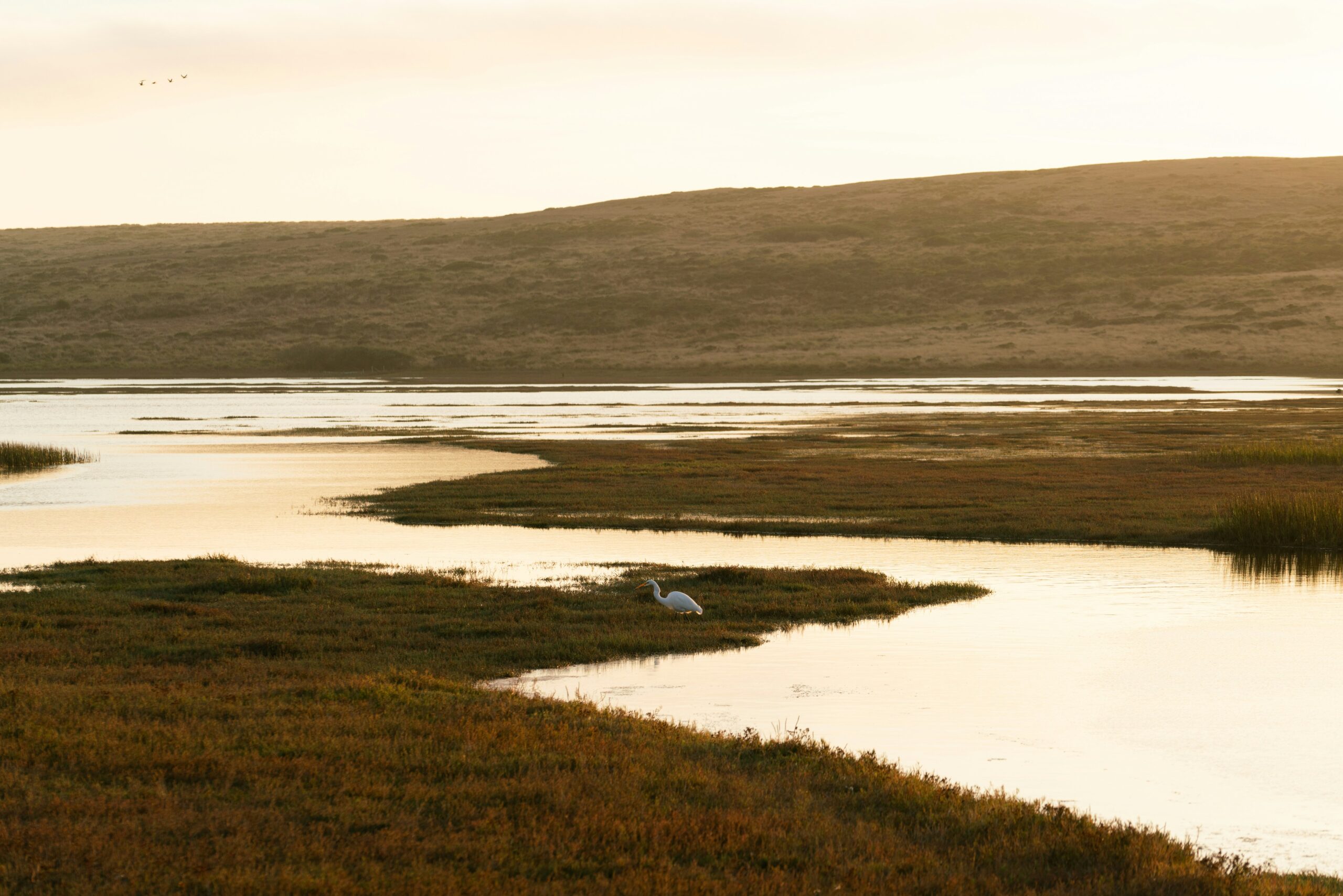Last week marked the one-year anniversary of the Supreme Court’s decision in Sackett v EPA, which gutted the Clean Water Act (CWA). That bedrock environmental law was originally passed with bipartisan support in 1972 and signed by then President Richard Nixon in response to unchecked oil spills, toxic pollution, and raw sewage flowing through downtown rivers, threatening public and environmental health and damaging our economy. While the Supreme Court’s poorly reasoned decision has not yet caused any rivers to catch fire [1], it is unquestionably leading us into a new crisis. And by the time most people start feeling the worst effects, it will be too late.
As our name implies, we at the Water Foundation support organizations from every corner of the country, working on a whole variety of issues affecting water, for the benefit of people and nature. Virtually every aspect of that work is influenced by the Clean Water Act. What may surprise people is just how many benefits the Act has provided.
For many cities and even small towns, the Clean Water Act has been an economic engine. Downtown businesses that had, for decades, turned their backs on the open sewer that was their local river, have embraced these water bodies as defining destinations, attracting customers to riverfront development and bolstering both commerce and property values. They are also places where people can easily and affordably access and appreciate nature. Virtually all fish and wildlife benefit from Clean Water Act protections, and its contribution to public health is significant. Before the Act was passed, many rivers were so polluted that anyone who fell in was advised to get a tetanus shot. By protecting wetlands, the Clean Water Act also protects communities from flooding and supports agriculture by filtering and storing groundwater to be used in times of drought. These same wetlands also sequester substantially more carbon than any other land type.
Across it all, the nation’s economy has continued to prosper over the 50-year history of the Clean Water Act. Contrary to the warnings of opponents, we have continued to grow food, build houses, and manufacture things, all the while protecting people from water pollution.
So how does last year’s decision threaten all of this progress? Most of us learn at an early age about the hydrologic cycle — that water flows downhill, with each little stream merging with the next, picking up things along the way. Apparently, some of the Supreme Court Justices skipped that class. They suggest that waters that are not “relatively permanent” or “continuously connected” to navigable waters should not be subject to federal protection. By some preliminary estimates, that may leave between 15 and 90 million acres of wetlands in the contiguous U.S. subject to development and pollution along with hundreds of thousands of river miles.
The Clean Water Act was always intended to establish a federal “floor” of protection, while granting states, Tribes, and localities significant authority to establish and enforce standards and create plans to prevent pollution and maintain healthy waters. Removal of federal oversight leaves the burden to the states, many of which lack not only water quality protections, but also the resources and infrastructure to manage and enforce those protections. Without federal protections, downstream states are vulnerable to the pollution of upstream states, which may be less protective.
According to a recent poll by the Walton Family Foundation, 96% of the public support protecting the health and safety of drinking water and 94% support protecting the water in our nation’s lakes, streams, and rivers. It’s time we reminded our elected representatives that we care and we expect them to as well. It’s time to get busy rebuilding, so that we can ensure clean water for all in a way that addresses the challenges of the 21st century. This isn’t just a fight for those of us who work directly on water. It impacts us all and we all need to do our part. After all, water is life.
[1] Smithsonian Magazine (2019) — The Cuyahoga River Caught Fire at Least a Dozen Times, but No One Cared Until 1969.
———
Further reading
About the impacts of the Supreme Court’s decision to reduce federal clean water protections:
- How the US Supreme Court’s Decision Impacts Clean Water for All
- Protect Our Waters report — Advocacy in Action, Sackett v. EPA: The State of Our Waters One Year Later
- Lawyers for Good Government — Wetlands Dashboard – State-level Protections Post Sackett
- Earthjustice: Wetlands Most in Danger After the U.S. Supreme Court’s Sackett v. EPA Ruling
- American Rivers: America’s Most Endangered Rivers® of 2024 Spotlights Threats to Your Clean Water
About what’s happening in the states:
Land development and pollutant discharges on/into wetlands
- Tennessee Lookout: Developers, seeking to gain from building boom tied to Ford plant, push for weaker wetland rules
- E&E News: Homebuilders flex as feds cede wetland oversight to states
- Carolina Public Press: Isolated NC wetlands face loss of protection following federal ruling (part 1)
- Carolina Public Press: Future of NC wetlands may hinge on whether courts see Martin County acreage as ‘waters of the U.S.’ (part 2)
